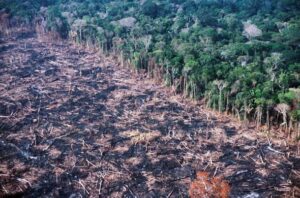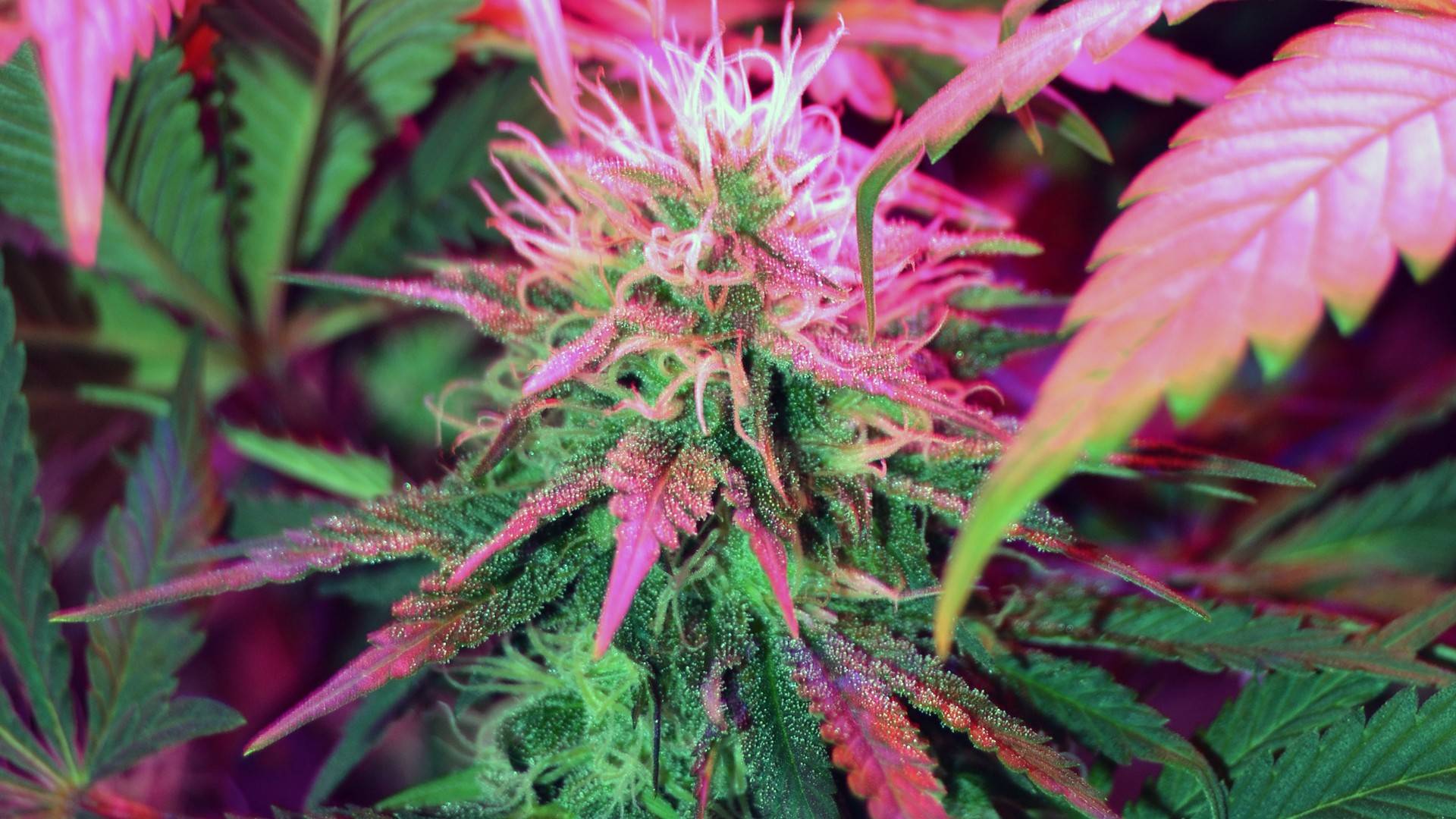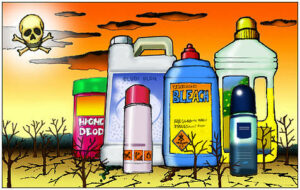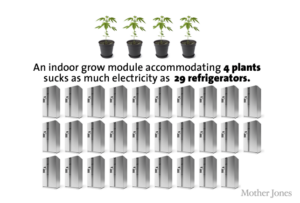
Marijuana production can have several adverse effects on animal habitats and populations. Illegal growers often use pesticides, insecticides, and rodenticides, which can kill more than just the intended targets. Rodenticides have been especially harmful, particularly in national forests in California, where the Pacific fisher has become a threatened species in part due to a drop in its population linked to incidents of the animals eating other animals who have been poisoned by rodenticides.
These chemicals kill not only the intended species but also other animals that consume the poisoned animals or the poisons themselves. Besides the Pacific fisher, the illegally used chemicals are killing off rodents native to the forests, as well as larger animals; a game warden found a black bear and her cubs convulsing after having apparently consumed pesticides. Evidence of them has been found in many other species, including spotted owls and foxes. Because carnivores subsist by eating other species, they will eat animals that have suffered chemical poisoning, passing the poison up the food chain, with each subsequent predator; it is even possible that these chemicals could make their ways into humans this way.
Fish are also being noticeably negatively impacted by illegal marijuana production. As noted in the post on illicit water use, marijuana is a very water-intensive plant to grow and growers often illegally divert water for their crops. This can use enough water to actually cause streams to run dry and many of California’s rivers are running at very low levels, made worse by the fact that the state is in the midst of a severe drought. These dry conditions are endangering fish species that live and breed in the state’s streams and rivers, as well as undermining its projects to revitalize certain fish species. Many other animals depend on these water sources, so they are also threatened by this high water use.
Dr. Mourad Gabriel has done a lot of research on the repercussions marijuana grows have on wildlife populations; visit his organization’s website to learn more.
For more detailed reading: http://news.ucdavis.edu/search/news_detail.lasso?id=10287
Photo: https://www.audubon.org/field-guide/bird/barred-owl





